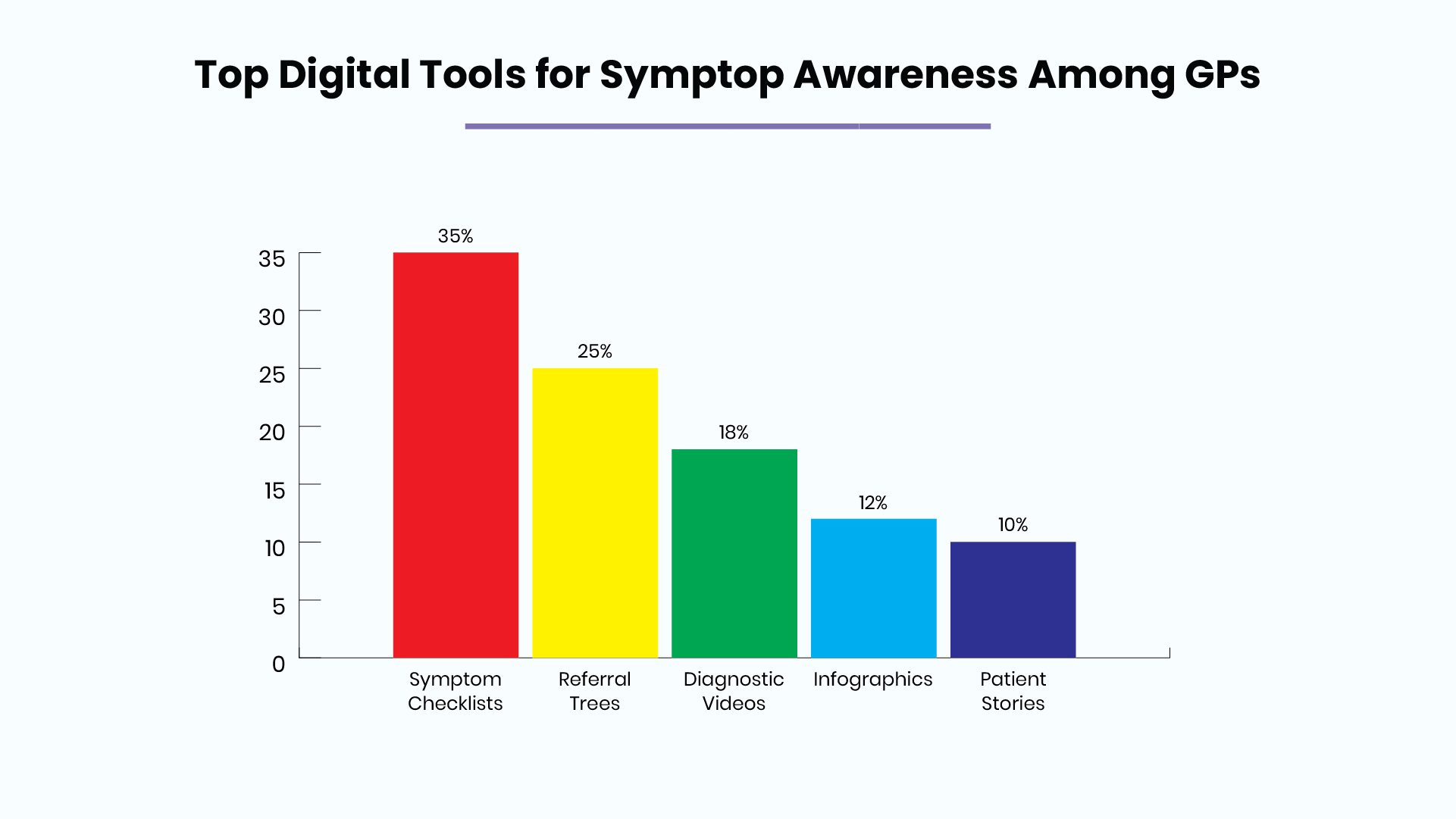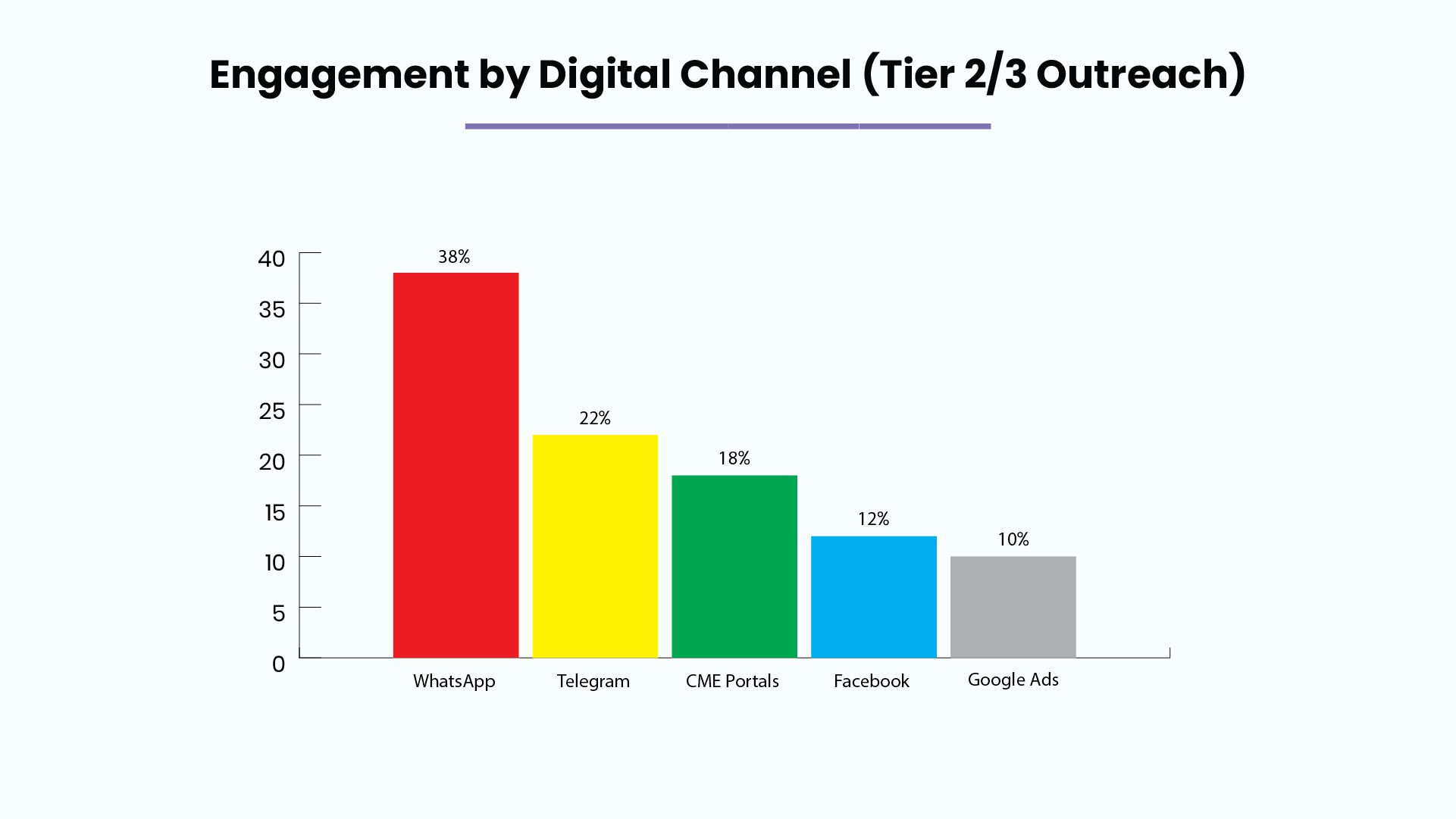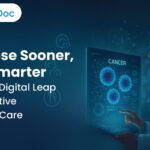Introduction: A Shift in the Pharma Playbook
For decades, pharmaceutical marketing in oncology has focused on oncologists, educating them about therapies, protocols, and clinical trial outcomes. However, a silent yet deadly crisis persists: in India, over 70% of cancer diagnoses happen at Stage III or IV, significantly reducing survival rates. This staggering statistic presents not only a public health challenge but also a strategic opportunity for pharma marketers.
The time has come to redefine digital marketing’s purpose in oncology. It should not only promote treatment options but also trigger early diagnosis and referral, especially in Tier 2 and Tier 3 cities where awareness and access are limited. This article explores how digital campaigns, if thoughtfully designed, can influence detection behavior and contribute to life-saving interventions.
1. Educate General Practitioners with Symptom-Driven Tools
In India, most cancer patients begin their journey with a visit to a general practitioner (GP), not an oncologist. Delayed or missed referrals can cost patients their lives. That’s why equipping GPs with simple, digital diagnostic tools is key.
Examples include:
- Symptom checklists for common cancers such as breast, cervical, colorectal, and lung
- Referral decision trees based on presenting complaints and patient history
- Short videos and diagnostic explainers in regional languages
These tools should be optimized for mobile platforms and delivered via high-usage channels like WhatsApp, Telegram, and Medtalks.

2. Hyper-Target Public Awareness Using Geo-Digital Strategy
Awareness is not uniform across regions. Certain districts in India show disproportionately late-stage diagnosis rates due to lack of awareness or cultural stigma. Digital marketing allows us to hyper-target these regions.
Key strategies include
- Google search ads for high-intent queries like “lump in breast” or “blood in stool”
- Facebook carousel ads in regional languages
- Instagram Reels featuring survivor testimonials that demystify early symptoms
3. Use Community Anchors: NGOs and Survivor Influencers
Traditional pharma messaging often lacks authenticity. That’s where community influencers, especially survivors and NGOs, play a transformative role. When survivors speak about early detection or delayed diagnosis, people listen. Pharma campaigns that co-create content with them build emotional resonance and cultural relevance.
Collaboration ideas:
- Co-hosted webinars between pharma KOLs and NGO leaders
- Localized videos of doctor-patient dialogues
- Influencer campaigns on regional platforms like ShareChat
4. Leverage the Influence of Oncologists for Public Awareness
Even though oncologists treat patients later in the journey, they can become powerful advocates for early diagnosis. If empowered with the right digital assets, they can amplify awareness among the broader population.
Practical content ideas:
- Clinic posters with QR codes linking to symptom videos
- Infographics for patient education
- WhatsApp forwards for patients to share early warning signs within families
This approach converts each oncologist into a trusted micro-influencer.
5. Prioritise High-Performing Digital Channels
Different channels deliver varying results depending on the audience. In Tier 2 and Tier 3 towns, WhatsApp emerges as the most reliable platform for engagement, followed by Telegram and local-language Facebook.
These insights help pharma allocate budgets effectively and avoid wasting resources on underperforming platforms.

6. Make Data Your Guide: Monitor, Adapt, Repeat
The beauty of digital is measurability. Every click, scroll, and share tells a story. The key to sustained impact is real-time analytics.
Metrics worth tracking:
- Click-through rate on symptom ads
- Form downloads for referral or screening checklists
- Time spent on patient education videos
- Repeat visits to microsites or WhatsApp bots

7. Innovate with AI and Personalization
AI can supercharge these campaigns in two ways:
- Smart chatbots can guide patients through symptom screening in regional languages and direct them to diagnostic centers.
- Predictive models can identify GPs or districts with low referral rates, allowing for automated micro-content nudges.
8. Collaborate with Government and Policy Stakeholders
Public health impact is magnified when digital pharma campaigns work in tandem with government bodies. Collaborations with district health officers, Ayushman Bharat coordinators, or state cancer control programs can extend reach and legitimacy.
Examples:
- Co-deploying referral dashboards through state health portals
- Including branded content inside official screening apps
- Joint awareness drives on national days (e.g., World Cancer Day)
Mini Case: Lung Cancer Awareness in Rural Maharashtra
Objective:
Increase referrals for suspected lung cancer cases among smokers in 10 rural districts.
Strategy:
- Animated explainer videos in Marathi
- WhatsApp campaign sent to 5,000+ local general physicians
- Referral microsite linking to district-level oncologist directories
Outcomes:
- 1.3 lakh video views in 10 days
- Over 600 GP referral form downloads
- 36% increase in patient referrals (Tata Memorial Hospital data)
Conclusion: Digital Marketing as a Tool for Diagnosis, Not Just Awareness
The role of pharma marketers is evolving. We are no longer just promoters of pills; we can be enablers of prevention and early care. When pharma uses digital to reduce late diagnosis rates, it serves both brand and society.
Key takeaways:
- Start early: Engage general physicians before symptoms escalate.
- Localize: Speak the patient’s and physician’s language literally and culturally.
- Track meaningfully: Move from likes to lives improved.
- Partner widely: From NGOs to government, the more allies, the better.
Digital marketing, when done right, does not just grow business; it saves lives. And that is the most powerful message pharma can deliver today.
The Oncodoc team is a group of passionate healthcare and marketing professionals dedicated to delivering accurate, engaging, and impactful content. With expertise across medical research, digital strategy, and clinical communication, the team focuses on empowering healthcare professionals and patients alike. Through evidence-based insights and innovative storytelling, Hidoc aims to bridge the gap between medicine and digital engagement, promoting wellness and informed decision-making.



